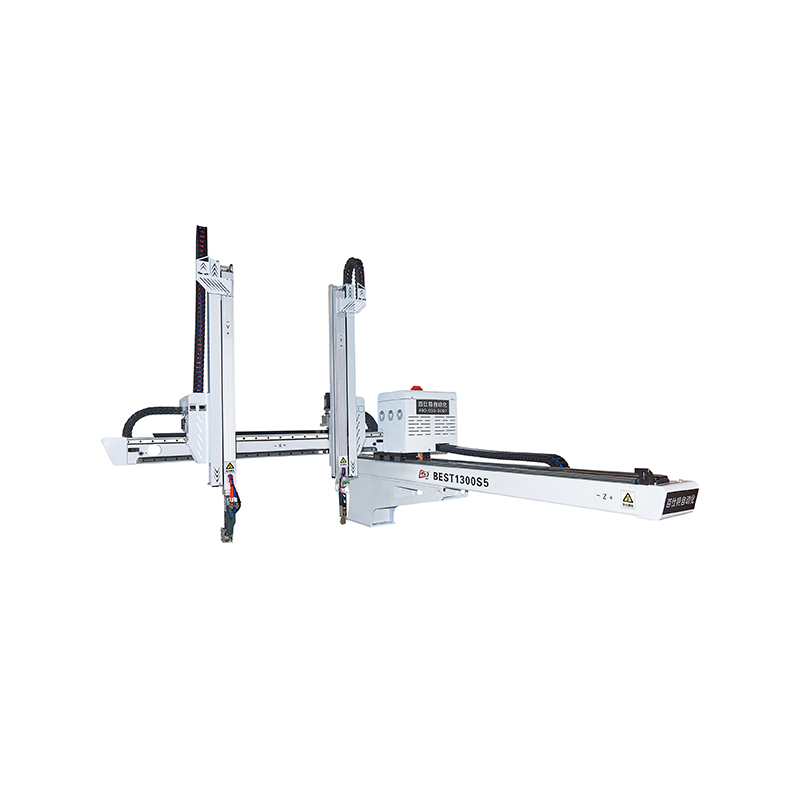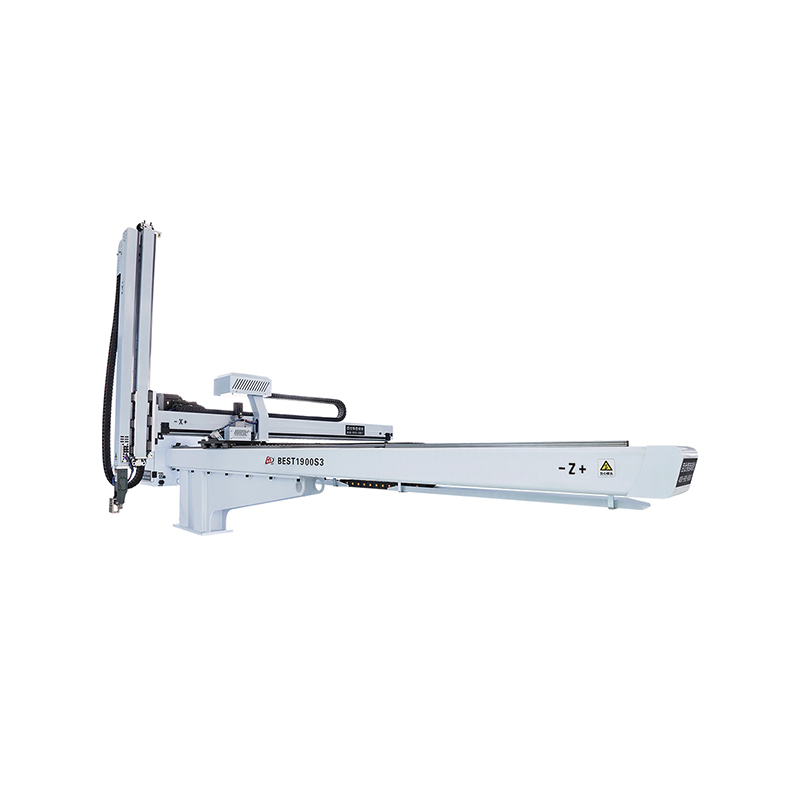Welding is a critical process in various industries, including automotive, aerospace, and construction. The demand for precision, efficiency, and safety in welding has led to the development of advanced welding automation solutions.
Welding industrial robots are designed specifically for welding applications. They are equipped with advanced welding technologies, such as arc welding, laser welding, and plasma welding. These robots offer several advantages, including:
1. Precision: Welding industrial robots can perform complex welding tasks with high accuracy, ensuring consistent weld quality.
2. Speed: They can complete welding tasks more quickly than manual welders, increasing overall productivity.
3. Safety: By automating the welding process, the risk of injury to human operators is significantly reduced.
4. Cost-effectiveness: Although the initial investment in welding robots can be high, the long-term cost savings in terms of increased efficiency and reduced labor costs make them a viable option for many businesses.
Robotic Welding Systems revolutionize the welding industry by automating and streamlining the welding process. These systems integrate advanced robotics, sensors, and control technologies to enhance efficiency, precision, and safety in welding operations.
Robotic Welding Systems consist of a robotic welding arm or multiple arms, a welding power source, a welding torch or end-effector, and a control system. The robotic arm is equipped with joints and sensors that mimic human arm movements, allowing it to perform intricate welding tasks with high accuracy and repeatability.
One of the key advantages of Robotic Welding Systems is their ability to work continuously without fatigue, ensuring consistent weld quality and reducing human error. This consistency is essential for achieving high-quality welds, especially in industries like automotive, aerospace, and manufacturing, where weld integrity is critical.
Robotic welding systems are comprehensive solutions that integrate welding industrial robots with additional components, such as welding power sources, wire feeders, and control systems. These systems offer several benefits:
1. Integration: Robotic welding systems are designed to work seamlessly together, ensuring ideal performance and efficiency.
2. Customization: They can be tailored to meet the specific needs of different welding applications, providing flexibility and adaptability.
3. Scalability: Robotic welding systems can be easily scaled up or down to accommodate changes in production requirements.
4. Maintenance: With fewer moving parts and advanced monitoring systems, these systems require less maintenance compared to traditional welding setups.
A robotic welding cell is a fully automated welding station that incorporates one or more welding industrial robots and robotic welding systems within an enclosed workspace. The advantages of robotic welding cells include:
1. Containment: The enclosed workspace helps to contain heat, fumes, and spatter, improving safety and reducing the risk of contamination.
2. Efficiency: By isolating the welding process within a cell, production can continue uninterrupted, with small interference from external factors.
3. Quality Control: Robotic welding cells can be equipped with advanced monitoring and inspection systems, ensuring consistent weld quality and reducing the risk of defects.
4. Space Optimization: These cells can be designed to fit into existing production lines, big the use of available space and small the need for additional infrastructure.
Welding automation has come a long way, with welding industrial robots, robotic welding systems, and robotic welding cells offering a range of benefits for various industries. By understanding the unique features and advantages of each component, businesses can make informed decisions about the good welding automation solutions for their specific needs.



 English
English 中文简体
中文简体 русский
русский Español
Español عربى
عربى












